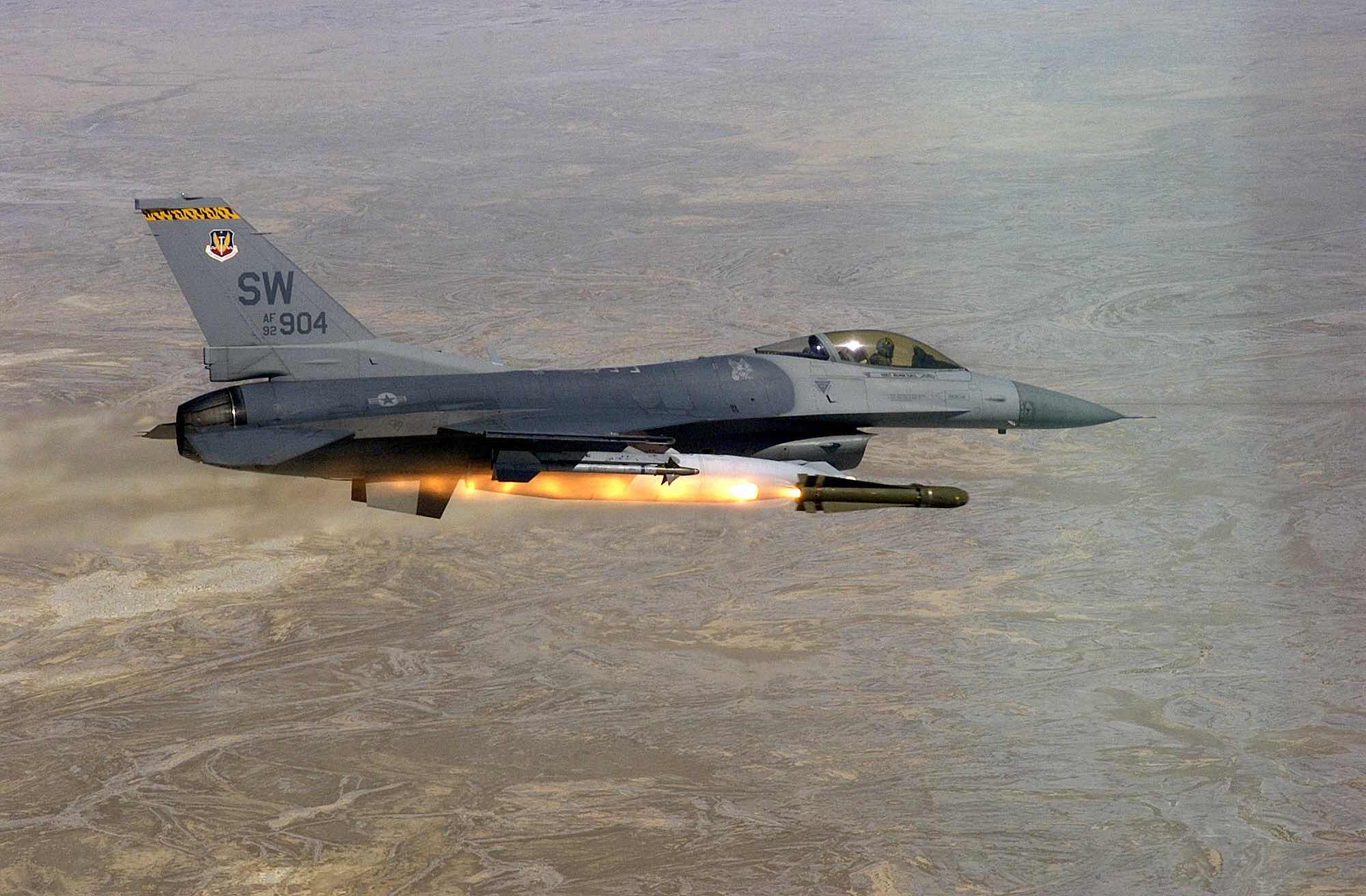


The announcement, made on the sidelines of last week’s NATO summit in The Hague, is being interpreted in policy circles as a calculated pivot: an effort to kill two birds with one stone. By funnelling billions of euros into U.S. defence contractors, European leaders hope to not only placate demands from Washington for greater burden-sharing within the NATO alliance, but also win political capital in stalled negotiations over a broader transatlantic trade agreement.
Costa was blunt: “Europe needs to meet its NATO commitments, and it is no secret that our American allies expect more from us—not only in terms of spending, but in terms of cooperation. Strategic procurement from the United States serves our security interests and helps rebuild trust on the economic front.”
It is an unusual admission from the EU’s top official and one that has left many in Brussels uneasy. While the bloc has been investing heavily in its own defence industrial base under the “Readiness 2030” initiative, Costa’s remarks suggest a quiet acknowledgment that European rearmament—at least in the short term—remains dependent on American manufacturing.
The numbers tell their own story. Since Russia’s full-scale invasion of Ukraine in 2022, EU member states have increased defence spending by an average of 1.5% of GDP. However, much of this uptick has gone straight into the pockets of American firms like Lockheed Martin, Raytheon, and General Dynamics. The Polish military, for example, has placed orders for hundreds of U.S. Abrams tanks and HIMARS rocket systems. Germany is procuring American-made F-35 stealth fighters. Romania and the Netherlands are expanding Patriot missile stockpiles.
The timing of Costa’s statement is no accident. With a potential second Trump presidency looming and whispers of renewed trade tariffs making the rounds in Washington, European officials are scrambling to head off a repeat of the bitter economic disputes that marred the transatlantic relationship during the former president’s first term. Some in Brussels see the arms purchases as a political down payment—a goodwill gesture meant to pre-empt punitive measures on agriculture, automotive exports, and digital services.
A senior EU diplomat, speaking anonymously, said: “We’re not naïve. If Trump returns, we know what to expect. Defence spending is one of the few areas where Europe can show tangible commitment to the alliance. If buying American jets avoids a trade war over electric cars, it’s a price worth paying.”
Critics are not convinced. French MEPs from across the political spectrum have accused Costa of undermining Europe’s sovereignty and undercutting domestic defence industries. “We cannot build strategic autonomy by writing cheques to Washington,” said François-Xavier Bellamy, a conservative French MEP. “This policy turns our security dilemma into a dependency trap.”
The European Commission has been more circumspect, reiterating that joint procurement with NATO partners “does not exclude investment in European industry” and that the long-term goal remains to “strengthen the EU’s defence and technological base.”
But the message from the Council is clear: for now, pragmatism trumps ideology.
That pragmatism is being echoed by a growing chorus of voices in the defence sector. Many argue that the sheer urgency of modernising European armed forces—hollowed out after decades of underfunding—requires sourcing from wherever capacity exists. And for now, that overwhelmingly means the United States.
“Nobody in Paris or Berlin is happy about buying American,” said Dr. Eva Renz, a security analyst at the German Marshall Fund. “But the European defence industry simply doesn’t have the production volume, the supply chains, or the time to deliver everything we need. If Russia were to push further west, we’d want ready systems—not blueprints and PowerPoints.”
Still, the longer-term implications are uncertain. Some EU member states, notably France and Italy, remain wary of a permanent tilt toward U.S. suppliers. There is concern that such a shift could crowd out indigenous development, weaken the rationale for European Defence Fund investments, and leave the continent reliant on a superpower that may, under a different president, once again question its commitment to NATO.
Others see the pivot as a tactical necessity. “The alliance is only as strong as its weakest link,” said a senior Polish defence official. “If we show the Americans we’re serious about defence, we regain leverage on the trade front and credibility within NATO.”
That balancing act—between Atlanticism and autonomy, urgency and sovereignty—will define the EU’s defence posture for the rest of the decade.
For now, Europe is rearming, and the factories profiting most are across the Atlantic.